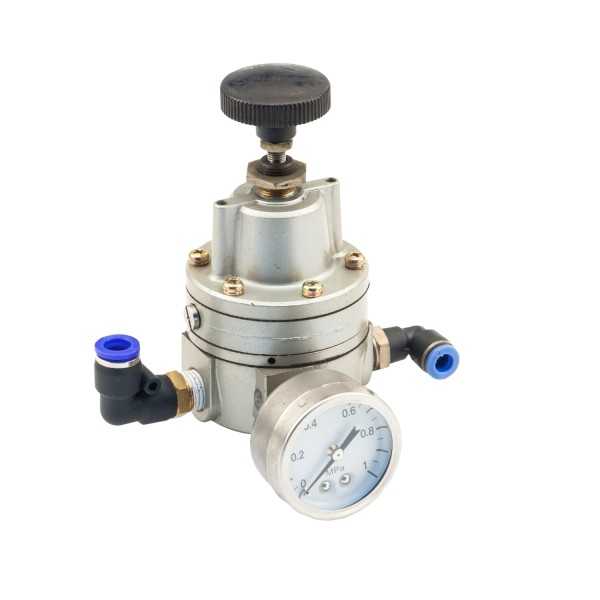






A High Pressure Regulator controls gas and fluid pressure in industrial systems. It takes high pressure from one end and reduces it to a lower, safer level at the other end. The design uses strong materials to work well in tough conditions.
The regulator is common in welding, medical gas systems, and chemical plants. It keeps the outlet pressure steady, which is vital for safety. By controlling pressure changes, the regulator also protects equipment from damage, helping the whole system work better and last longer.
Here are some of the essential features of High Pressure Regulator
High Pressure Regulators work in many different places. In hospitals, it controls medical gases safely. In factories, it protects machines by keeping pressure at the right level. The regulator helps keep food fresh during processing. It also helps turn liquids into gases in laboratories. This makes the regulators very useful for research work.
Many common places use these regulators, too. It works in home gas grills and building heating systems. Factories use it to run air tools. Car makers use it to control fuel and hydrogen systems. This shows how useful it is in everyday life.
First, check if the regulator matches the gas type needed. Look for any damage on all parts. Make sure the pressure settings are suitable for the job. To install, first hand-tighten the connection to the gas supply. Then, use a wrench to make it tight. When starting, stand to the side of the gauge. Open the supply valve slowly. Watch the gauge to get the correct flow rate.
Put the regulator in place with good airflow. Keep it five meters away from anything that could start a fire. Keep it out of direct sunlight. Route gas lines carefully. Put barriers between different types of gas lines. Install fire safety equipment that matches the gas type. For testing, close the outlet valve first. Open the supply valve and set the pressure to 0.5 MPa. Close the supply valve and watch the pressure for 15 minutes. The pressure should not drop more than 0.01 MPa. Use the right leak detector for each gas type. Check parts visually every month. Test gauge accuracy every three months. Do a full check once a year. Keep temperature below 35°C. Keep all parts clean and free from oil. Write down all checks and fixes.
Stay within the maximum pressure rating. Make sure there is good airflow. Use the right materials for each gas. Know how to shut off the gas quickly if there is a leak. Use proper safety gear.
Shilpent is a leading manufacturer and supplier of High Pressure Regulators. We have vast experience in this industry and extensively test our goods to ensure it works effectively. We offer our customers affordable prices and satisfactory technical assistance. Our goal is to help customers understand how our products function and how to utilize it successfully. We assist clients all over the world, providing long-lasting solutions wherever it is needed. Please get in touch with us if you have any bulk orders or special requests. We are happy to work with you and assist you in selecting the best pressure regulator for your needs.